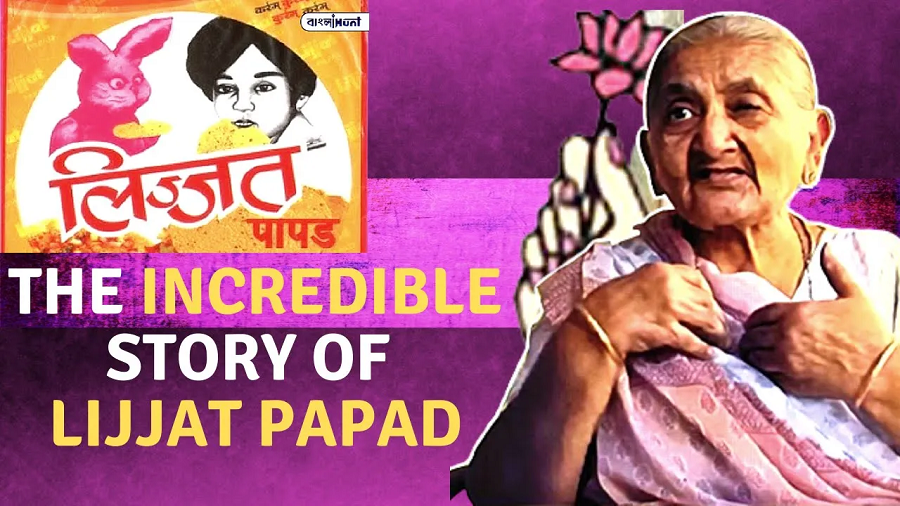Lijjat Papad was started by 7 Gujarati women with a loan of Rs.80. Today the number of women has increased from 7 to 45 thousand and a loan of Rs 80 has now turned into a turnover of Rs 1600 crore.
7 Gujarati women and the roof of ‘Lohana Niwas’, It is the summer of 1959. There was a building named Lohana Niwas in the Girgaum area of Mumbai. On his terrace 7 Gujarati women gathered for the meeting. The agenda was how to use his free time to help improve the household’s economic condition. It was decided that together they would make papad and sell it in the market.
Had brought the goods of papad by taking a loan of 80 rupees. All the women together made 4 packets of papad on the first day. Purushottam Damodar Dattani helped him in selling papads. He sold all four packets at the Anandji Premji store in Girgaum. He earned 50 paise by selling one kg of papad on the first day. Next day Rs. Slowly more women started joining. Over 200 women joined in the next 3-4 months. Soon a branch had to be opened at Wadala also. In the year 1959, a sale of 6 thousand rupees was done, which was a huge amount according to that time.
Official Website of Lijjat Papad http://www.lijjat.com/
When the business started growing, a cooperative society was formed. These seven women got the support of social worker Shhagan Bappa. He provided some financial help which was used by the women not to increase the marketing team, publicity, or labor but to improve the quality of papad. Seeing the benefits and the women expressing their willingness to join, its founders decided to register a cooperative society. In this, no one has been made the owner from the beginning, but a group of women runs it. Today more than 45 thousands women work in this venture, which started with seven women.
The secret of taste and quality of Lijjat Papad
Lijjat Papad has about 60 centers across the country, but the taste of papad remains the same everywhere. There is some mystery behind this. Actually, urad dal for papad is imported from Myanmar, asafoetida from Afghanistan, and black pepper from Kerala itself. The method of preparing these raw materials is also the same.
Flour is prepared from lentils, spices, and salt. Women pick it up from different centers and make papad and deposit it back in the center. Staff members also conduct surprise inspections to ensure that the quality remains the same. Testing is also done in a lab in Mumbai.
Lijjat Papad is a unique example of women’s empowerment
Women who are addressed as ‘sisters’ in the organization start their work at 4.30 am. One group kneads the dough at the branch and the other rolls the papads at home. During this, the help of a minibus is taken for movement. The entire operational process is supervised by a 21-member Central Management Committee in Mumbai.
Lijjat Papad and Swati Ravindra
Lijjat’s president Swati Ravindra Paradkar was only 10 years old when her father died. The family was in financial trouble. His mother used to make papads and Swati used to help him during the holidays before going to school every day. Later she joined Lijjat Co-operative and became its President.
Ashutosh Gowariker is going to make a film on Lijjat Papad named Karram Kurram. According to reports, Kiara Advani will play the lead role in it. The film will be directed by Glenn Barreto and Ankush Mohla.
Lijjat Papad is not just a success story of a business but also a story of social responsibility. Usha Juvekar, who has been working in a cooperative organization for 15 years, says that if everyone in the country cared for women as much as he does, then we would have written a new record of progress.
So guys this is the story about Lijjat Papad. Do share with you friends if you like this story, Thanks for reading.
